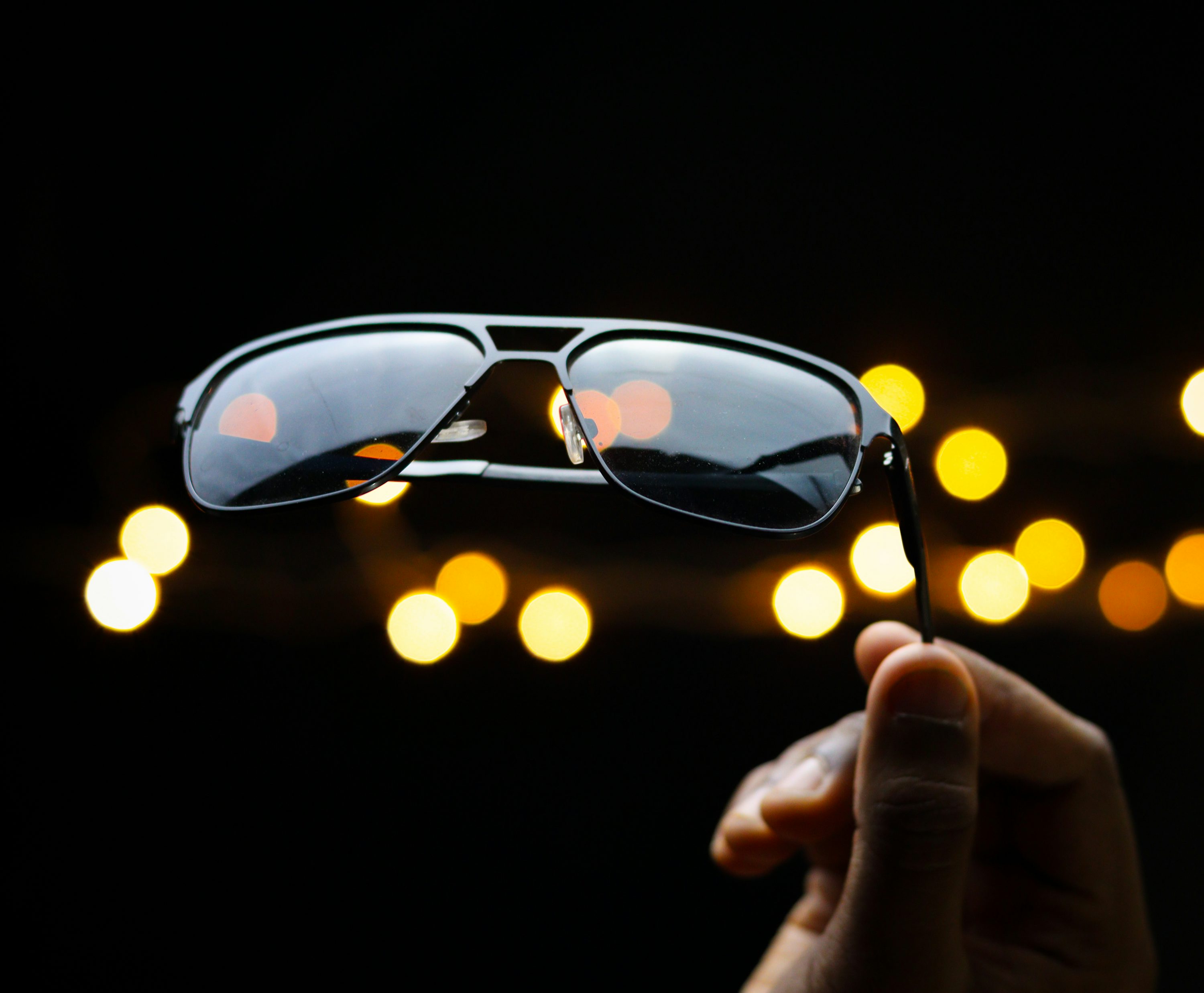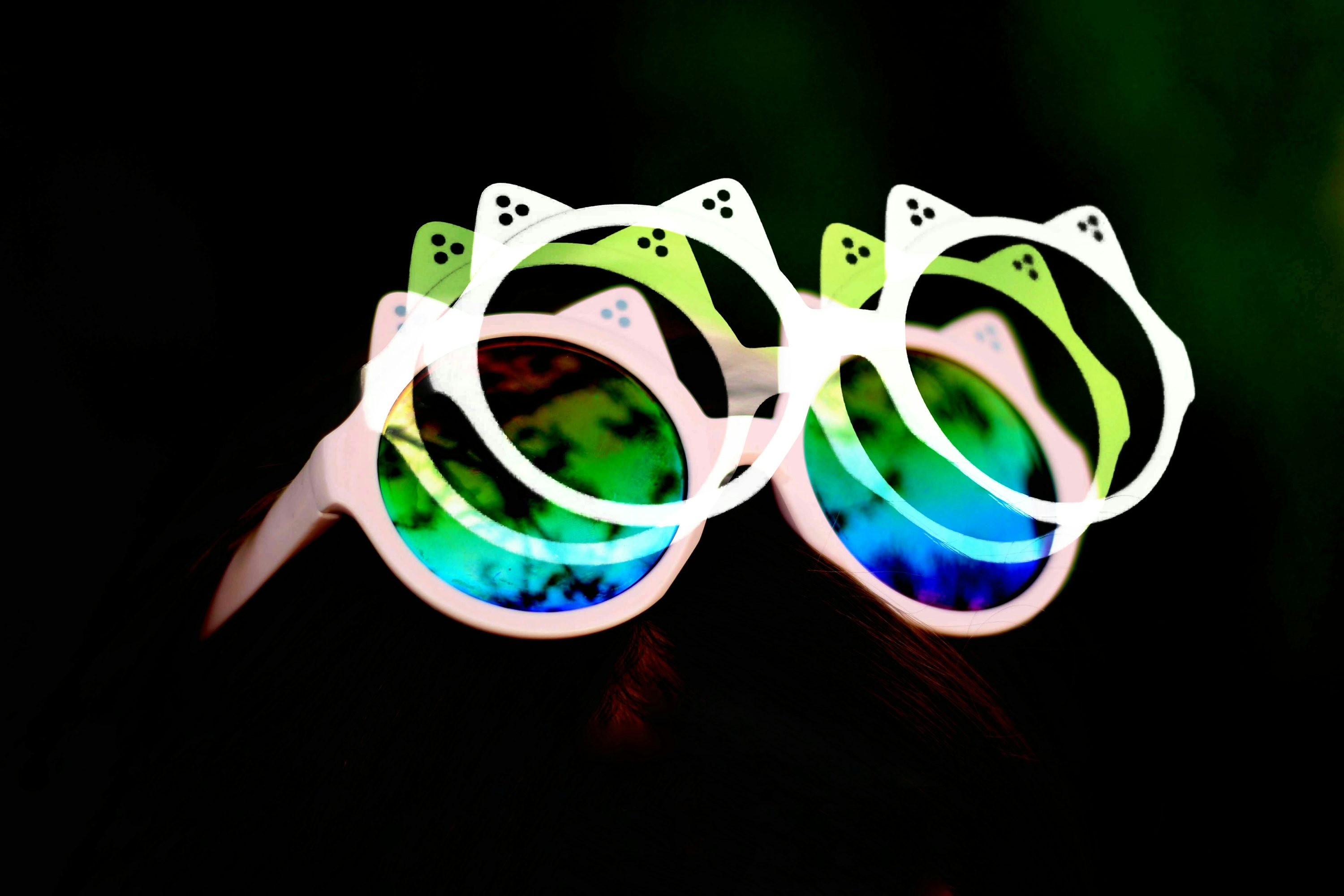Reorganization of spectrum
For most people, color is a natural existence and a rich annotation of the world. However, for millions of people who are color blind or weak, the world often presents a simplified or even confused tone. It is difficult to distinguish between red and green, and blue and purple are blurred, which is not only a visual problem, but also a challenge in life. Fortunately, with the progress of science and technology, a revolutionary solution is emerging-color blindness correction glasses.

This kind of glasses does not simply enlarge or focus light, but its core technology lies in the spectral remodeling of light. There are three types of cone cells in human retina, which are sensitive to red, green and blue light respectively. Color blindness is usually caused by the abnormal or missing function of one or more cone cells, which makes them unable to accurately distinguish certain wavelengths of light, especially the spectral region between red and green. This makes the color information received by the brain vague and overlapping.
Color blindness correction glasses are designed to solve this problem. Its lens is coated with a special optical filter coating. This coating can selectively absorb or filter out light with specific wavelength. Take red-green color blindness as an example, the lens will accurately filter out the overlapping parts of the red and green spectra. By removing these ambiguous intermediate bands, the original confused spectrum is opened and the boundary between red and green becomes clear. When light enters the eyes through the lens, cone cells can receive purer and clearer color information, thus allowing the brain to reconstruct a color world closer to ordinary people.

The subtlety of this technology lies in its personalization and customization. Different types of color blindness (such as red blindness and green blindness) and different degrees require different spectral adjustment schemes. Modern color blindness correction glasses company can tailor the most suitable filter lens for each user through professional testing to ensure the maximum correction effect. The use of this kind of glasses is not only to let them see more colors, but also to improve the quality of life and safety. For example, drivers can recognize the color of traffic lights more accurately, students can distinguish the charts in textbooks more easily, and artists can recapture the subtle differences in color palette. In recent years, with the continuous progress of material science and optical design, this kind of glasses has also made significant improvements in comfort and aesthetics, making more people willing to use them as daily wear tools.
In addition, the success of this technology also provides inspiration for the correction of other visual obstacles. Scientists are exploring how to use similar optical principles to help patients with certain visual diseases improve their visual experience. The advent of color blindness correction glasses not only solved the single visual problem, but also opened up a new research direction for the whole optical medical field.

The appearance of color blindness correction glasses marks a leap in our understanding of visual science, which perfectly combines optical technology with neurobiological principles. It proves that technology can not only repair functional defects, but also enrich individual sensory experience. It opens a door to a colorful world for those who have lived in a "gray" world for a long time. These little glasses not only carry light, but also color, hope and brand-new visual experience.
(Writer:Haicy)




